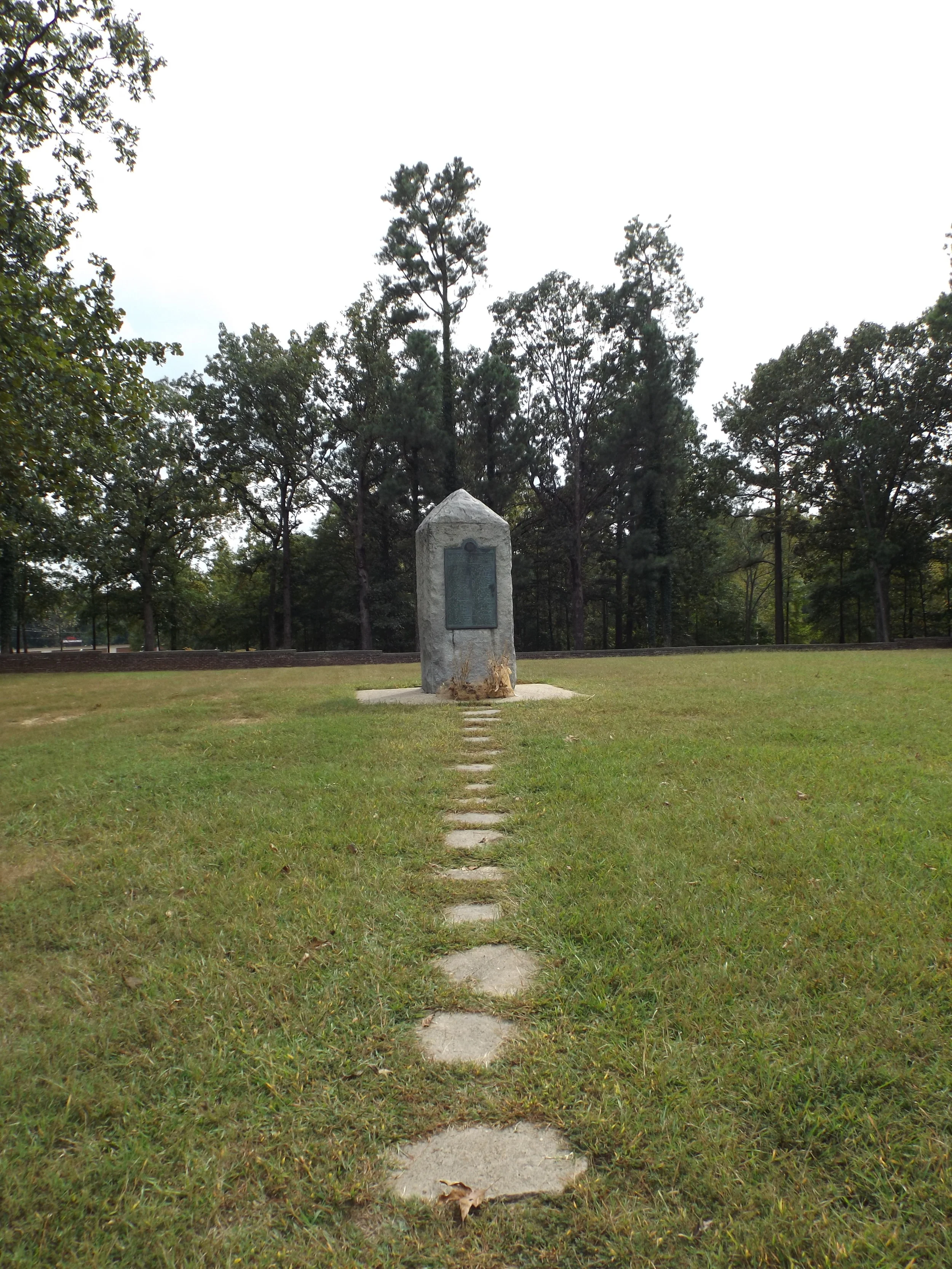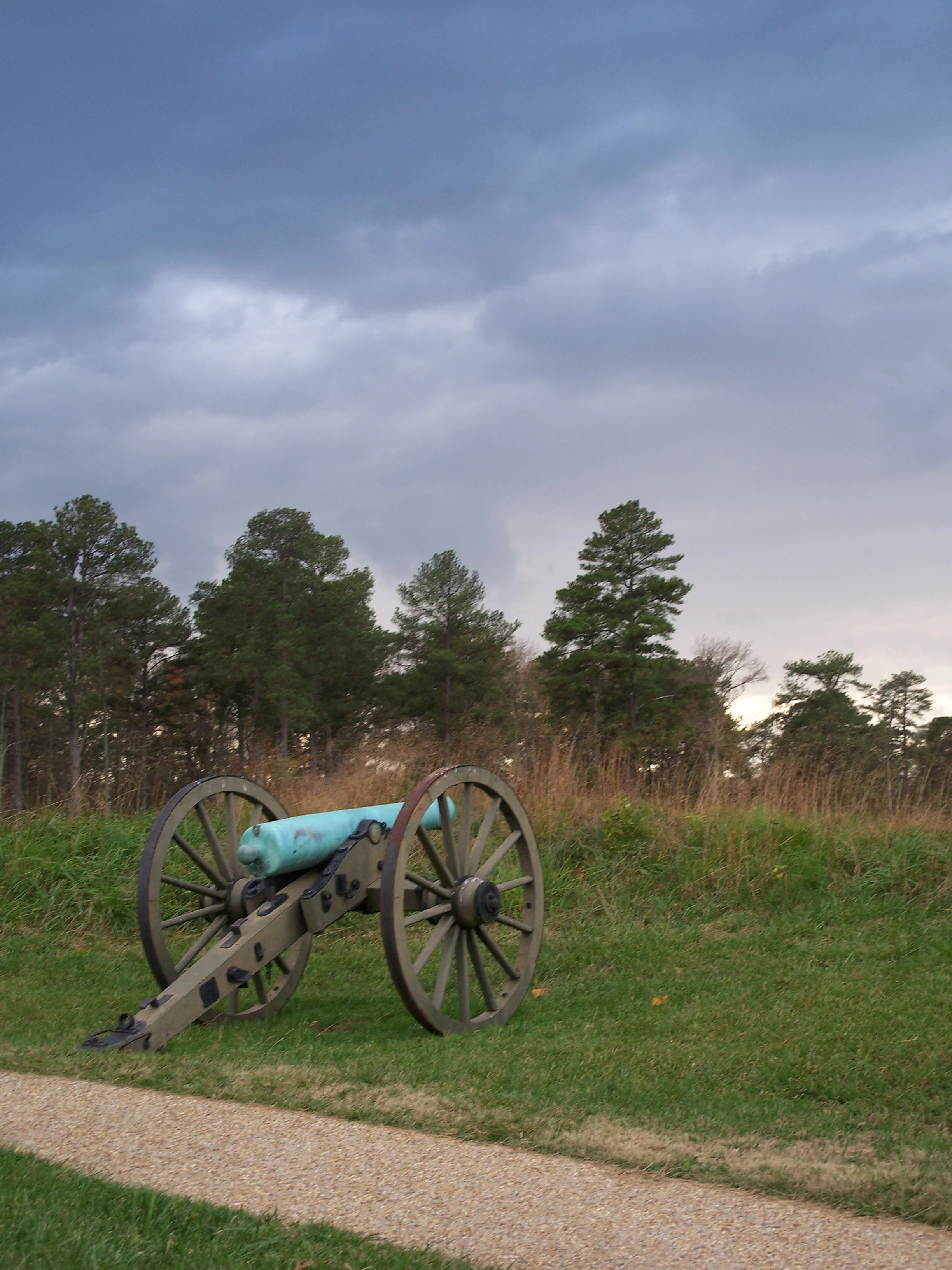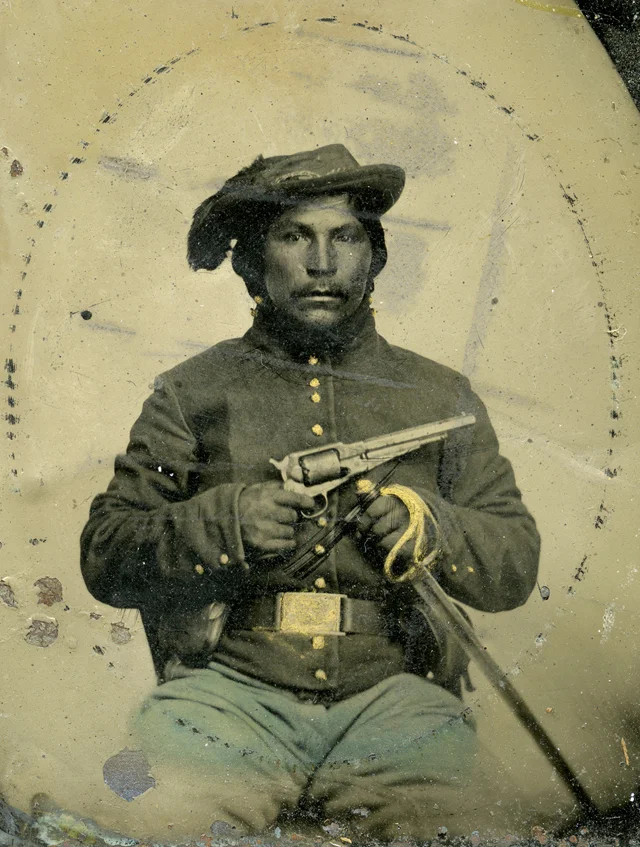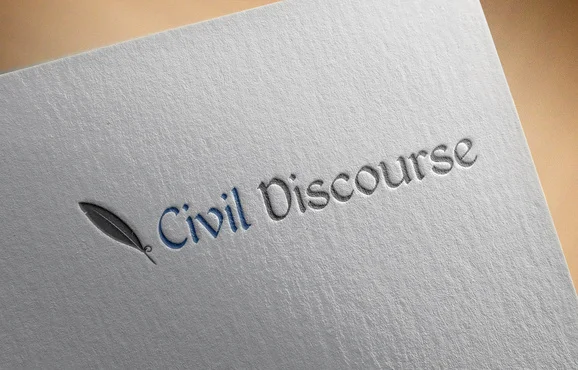Why Some Southern College Campuses Cannot Escape their Confederate Past: The University of Mississippi
/Ole Miss has been in the news several times in the last couple of years, dealing with its Civil War and Civil Rights legacy. In 2010, the university made headlines when they changed their school mascot away from one that highlighted its Confederate heritage. In 2014, an Ole Miss fraternity was shut down after students placed a noose on the statue of James Meredith, the first black student to enroll in the all-white school. Most recently, the university joined the Confederate flag debate when the students and faculty chose to remove the state flag, which includes Confederate symbols, from the campus.
Read More




















